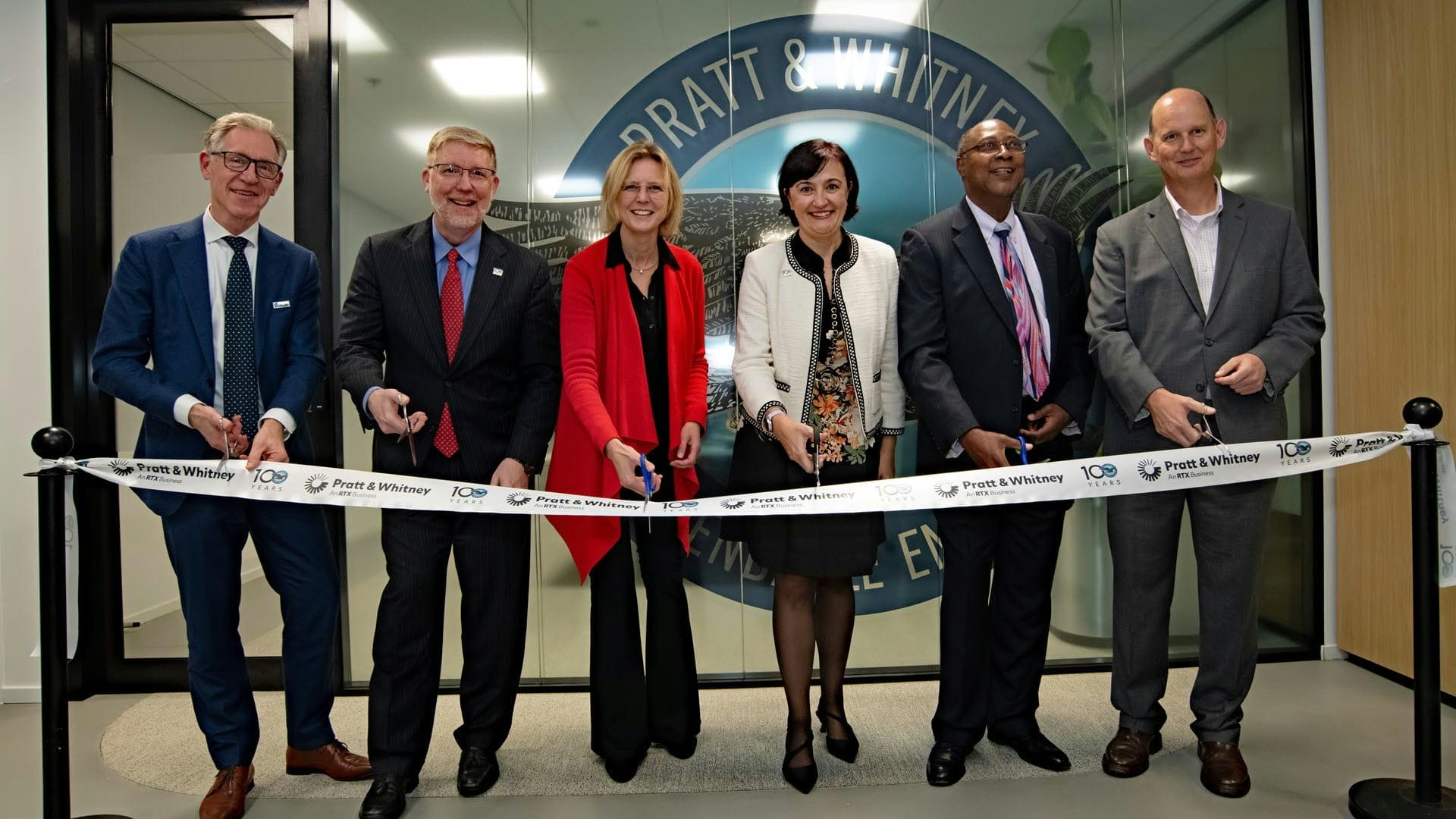
AeroGenie — Uw intelligente copiloot.
Trending
Categories
Advances in Machine Vision Highlighted at 2025 Paris Air Show
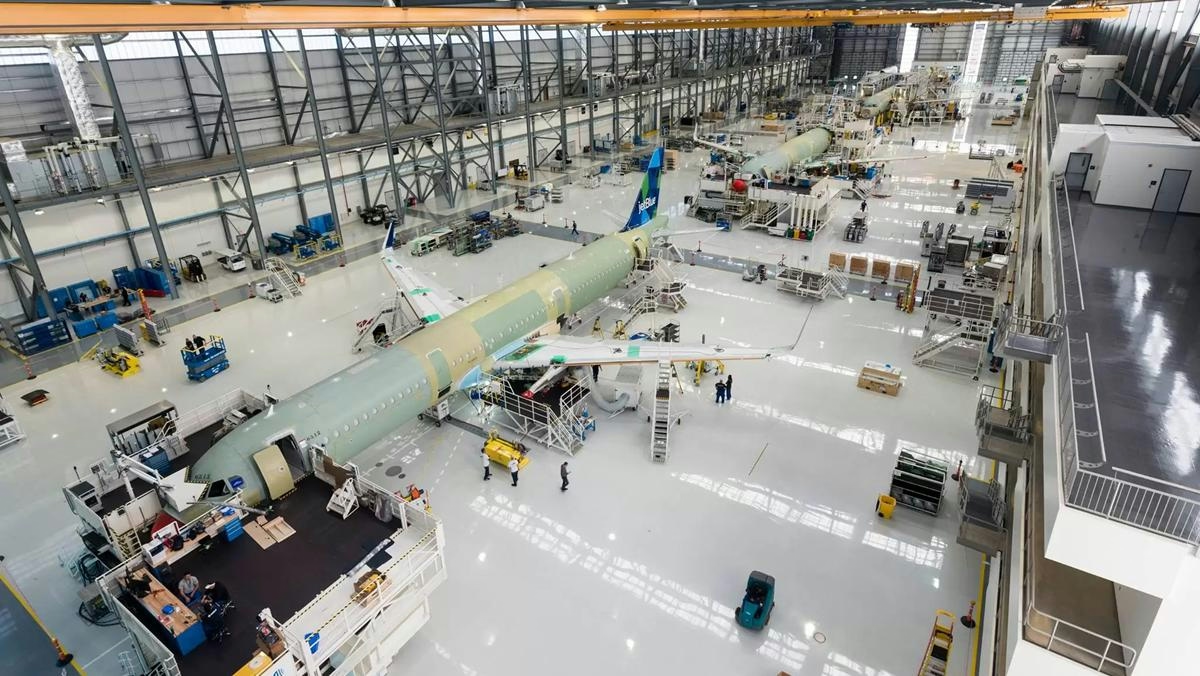
Advances in Machine Vision Highlighted at 2025 Paris Air Show
The 2025 Paris Air Show at Le Bourget reaffirmed its position as the premier global forum for aerospace innovation. Hosting over 2,500 exhibitors and showcasing 150 aircraft, this year’s event emphasized the profound digital transformation underway in the aviation sector, with rapid advancements in machine vision technology taking center stage.
Transforming Aviation Through Machine Vision
Machine vision, an advanced branch of artificial intelligence, is revolutionizing the construction, operation, and maintenance of aircraft by enabling systems to interpret and analyze visual data with precision that often exceeds human capability. Its applications now permeate various facets of aviation, including automated inspections, enhanced cockpit displays, and more efficient airport operations, quietly reshaping the industry’s landscape.
One of the most significant developments is in automated aircraft inspection and predictive maintenance. Traditional manual inspections are labor-intensive and prone to human error, but machine vision offers faster and more accurate alternatives. The Air-Cobot project by Akka Technologies exemplifies this progress, deploying an autonomous robot equipped with cameras and sensors to conduct detailed visual examinations of aircraft exteriors. This system can detect issues such as open panels, worn landing gear, and structural defects, thereby reducing aircraft downtime and mitigating costly delays and safety risks. Airlines are increasingly adopting these data-driven maintenance tools to improve operational reliability.
In the cockpit, machine vision enhances flight safety through Synthetic Vision Systems (SVS) and Enhanced Flight Vision Systems (EFVS). SVS combines GPS data with 3D terrain mapping to provide pilots with computer-generated views of the environment, while EFVS employs infrared imaging to improve visibility during challenging landing conditions. These technologies reduce pilot workload and support better decision-making, contributing to safer and more dependable flights.
Machine vision is also streamlining airport operations. Self-driving ground vehicles utilize visual data to navigate complex airport environments safely, accelerating turnaround times. Additionally, drones equipped with machine vision conduct runway inspections more efficiently than human teams, identifying cracks or debris to enhance safety while reducing operational costs.
Industry Response and Emerging Challenges
The surge in machine vision innovation has attracted considerable interest from both commercial and defense sectors. Airbus highlighted enhanced capabilities for its A400M firefighting aircraft, while competitors are intensifying research and development efforts to maintain technological leadership. Boeing’s introduction of folding wingtips for the 777X and Gogo’s advancements in 5G connectivity exemplify the competitive drive to integrate cutting-edge technologies within the industry.
Machine vision is also playing an increasingly vital role in airport security. AI-powered surveillance systems now incorporate facial recognition and behavioral analysis to detect potential threats in real time, addressing the challenges posed by rising global passenger volumes and the need for scalable, responsive security measures.
Despite these advances, integrating machine vision into existing aviation systems presents significant technical and regulatory challenges. Extensive testing and validation remain necessary before widespread adoption can occur. Industry leaders at the Paris Air Show acknowledged these obstacles but emphasized their commitment to advancing AI-driven solutions, with a focus on sustainability and operational efficiency.
The 2025 Paris Air Show clearly demonstrated that machine vision is central to aviation’s digital future, driving innovation, fostering competition, and ushering in a new era of safer, smarter flight.
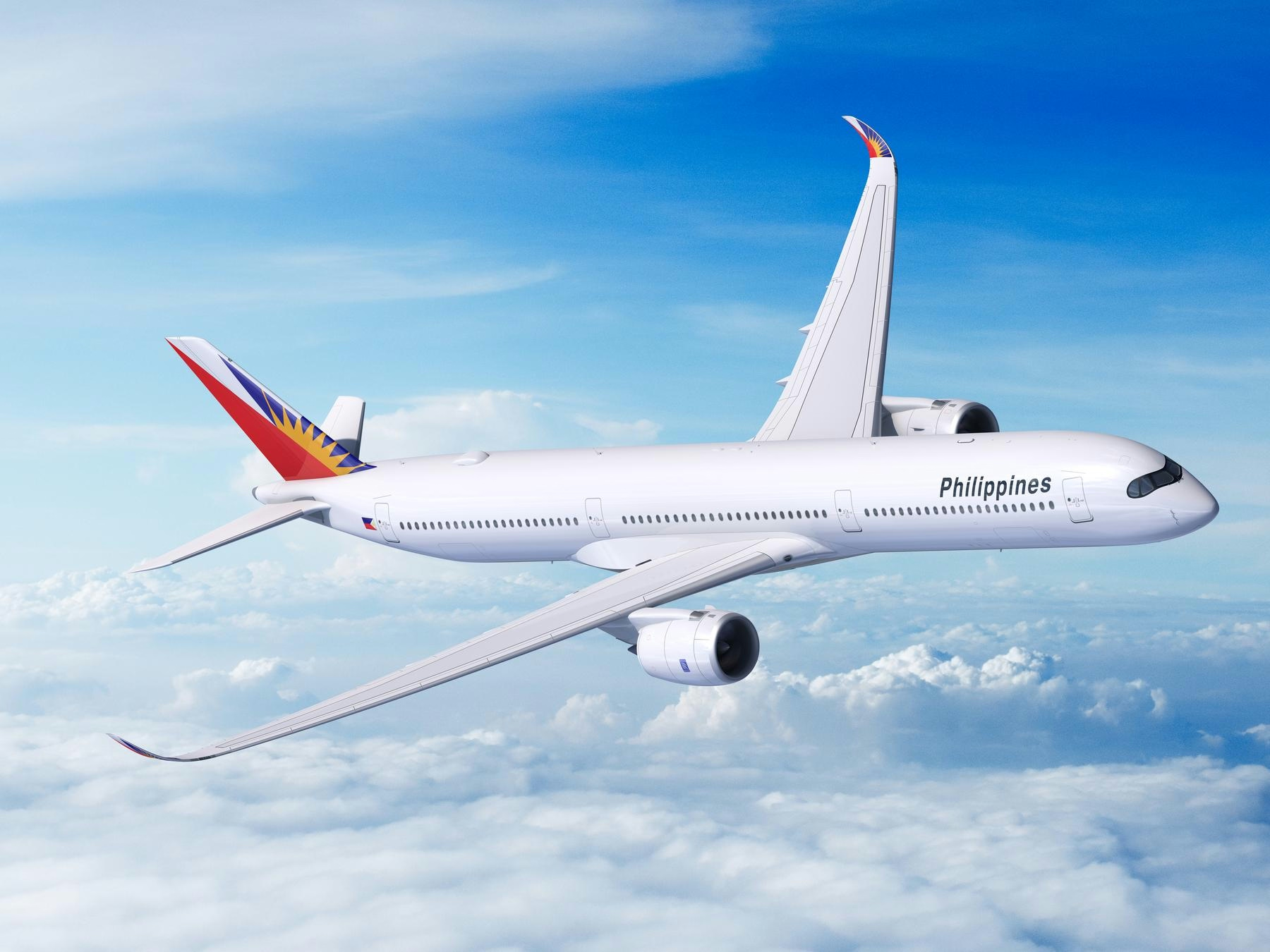
BOC Aviation to Lease Two Airbus A350-1000s to Philippine Airlines

How Many Boeing 777X Prototypes Were Built?
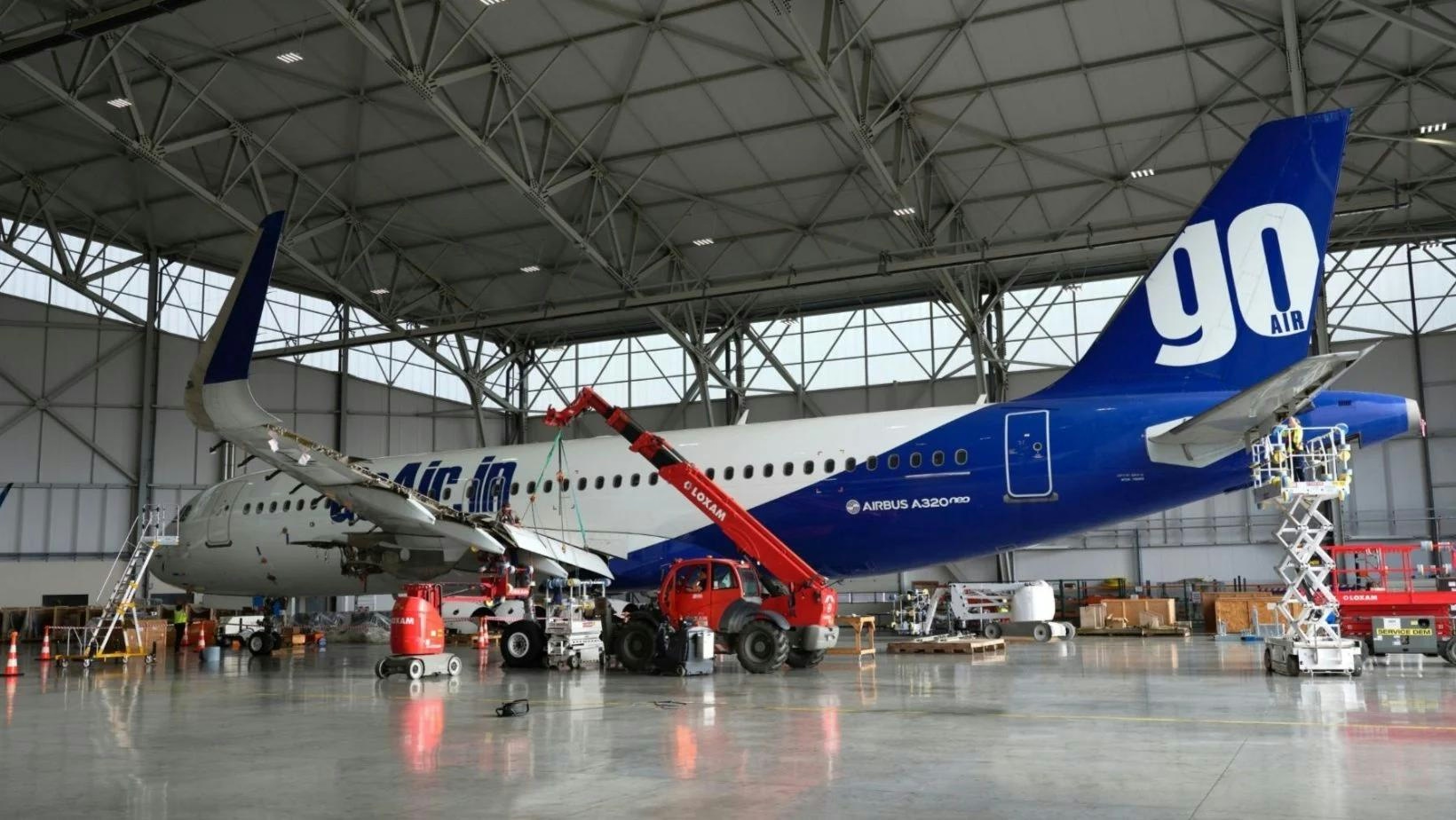
AerFin Announces Availability of A320neo Inventory
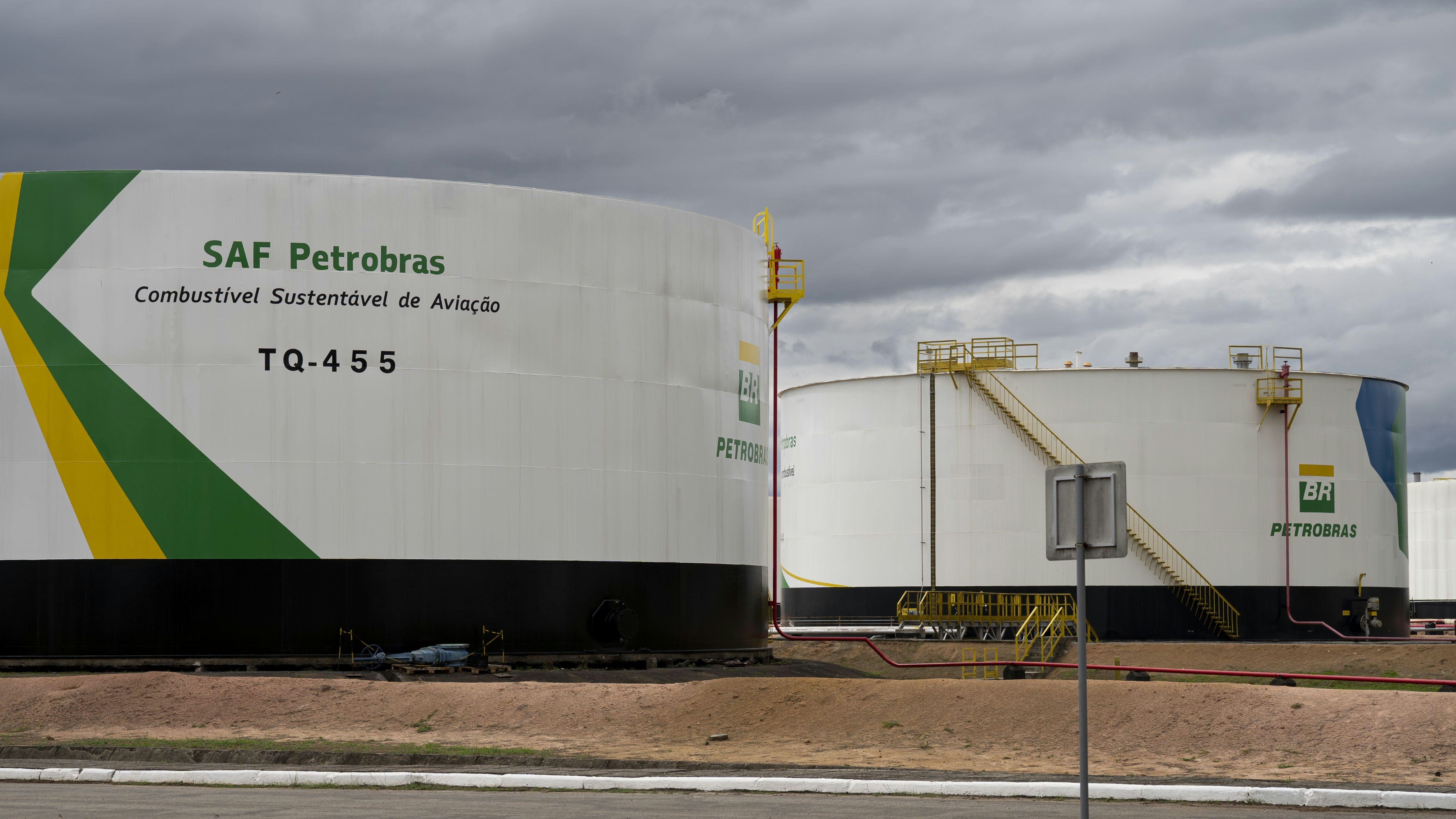
Petrobras Delivers First Sustainable Aviation Fuel Produced in Brazil
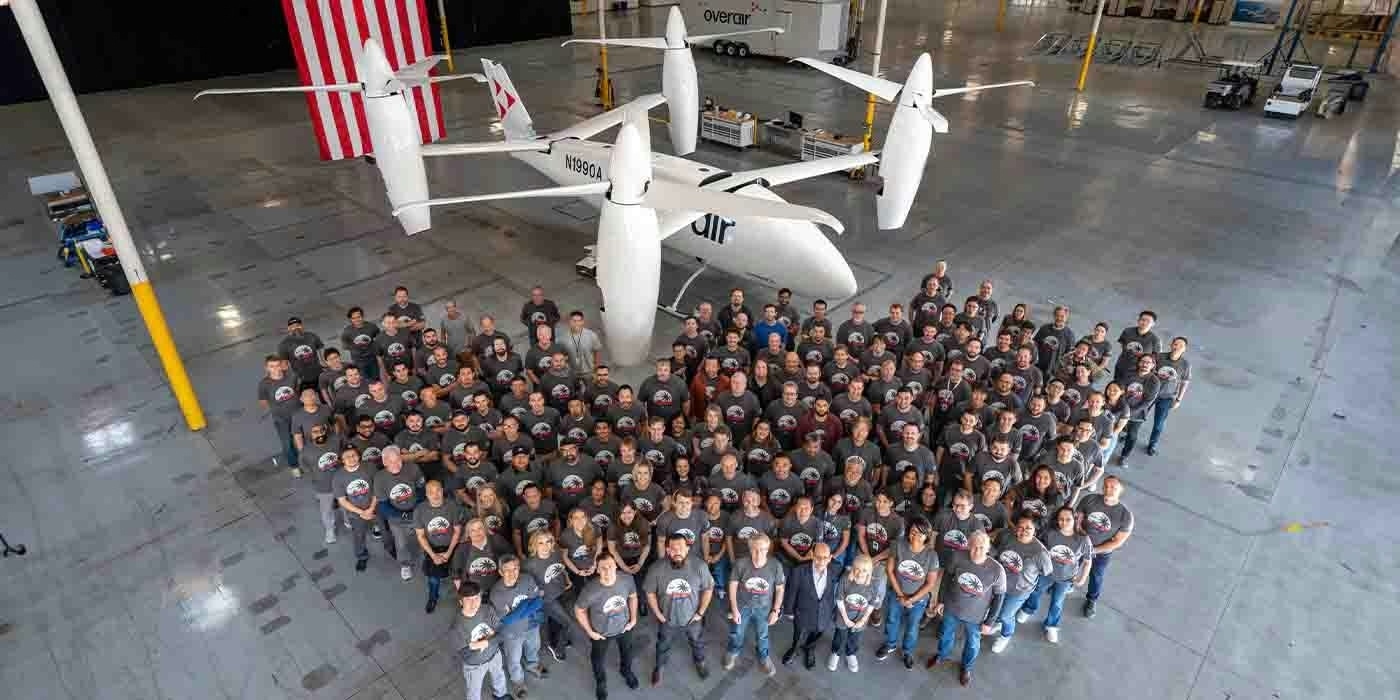
Unique mixed-propulsion eVTOL completes transition flight testing
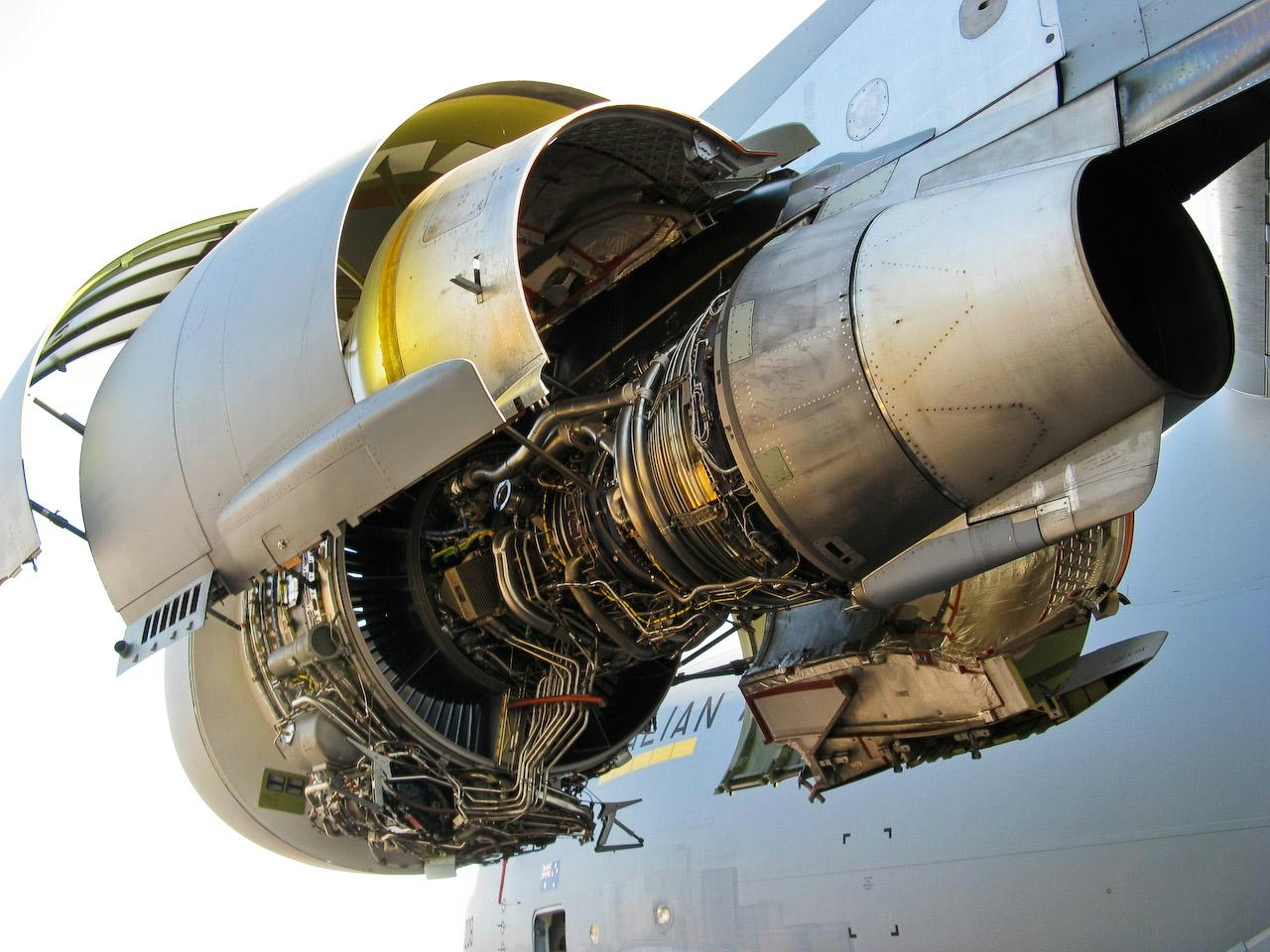
Are C-17 Globemaster Engines Derived from Boeing 757?
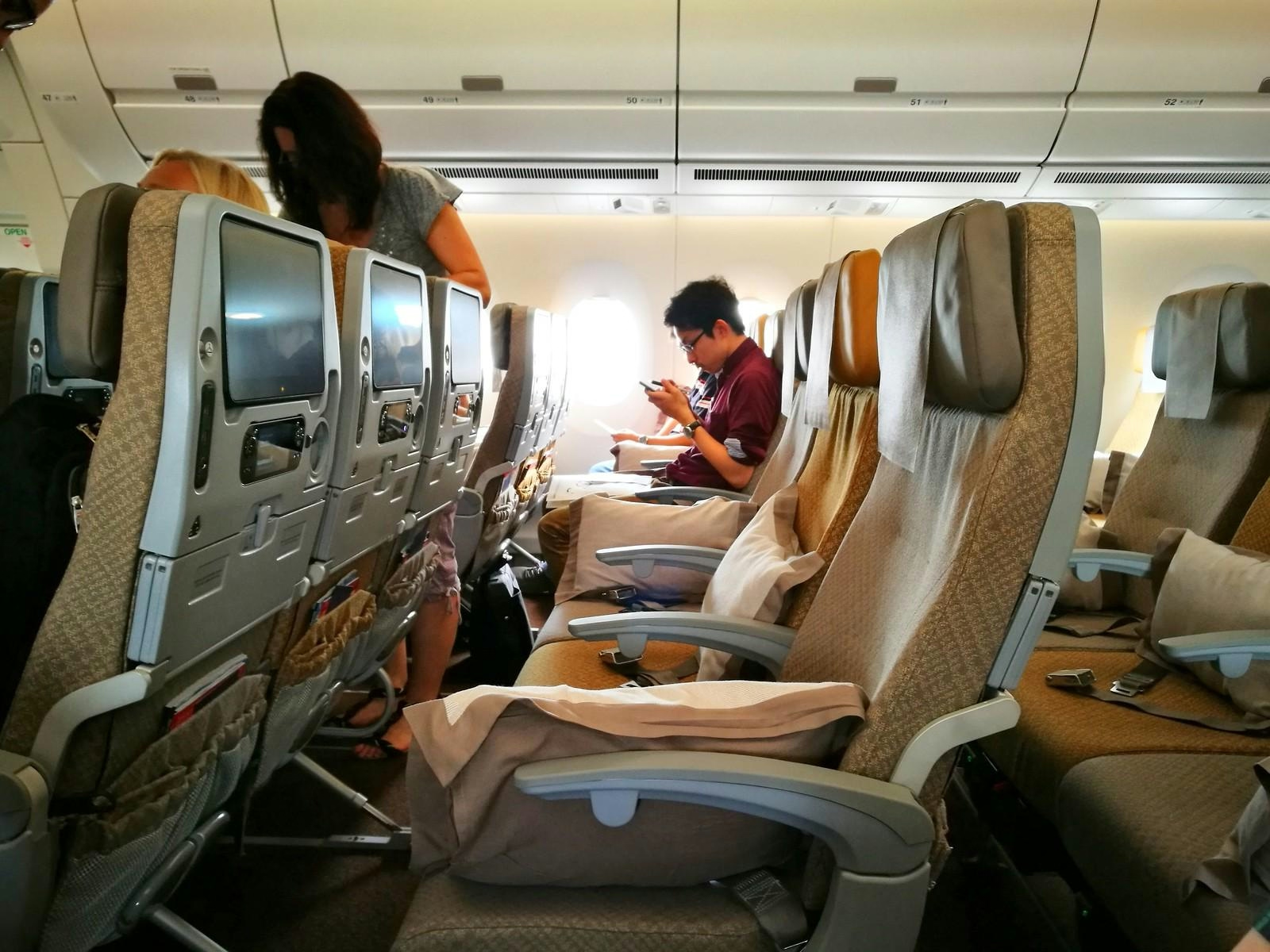
Why the Airbus A350’s Cabin Is Quieter Than Other Aircraft
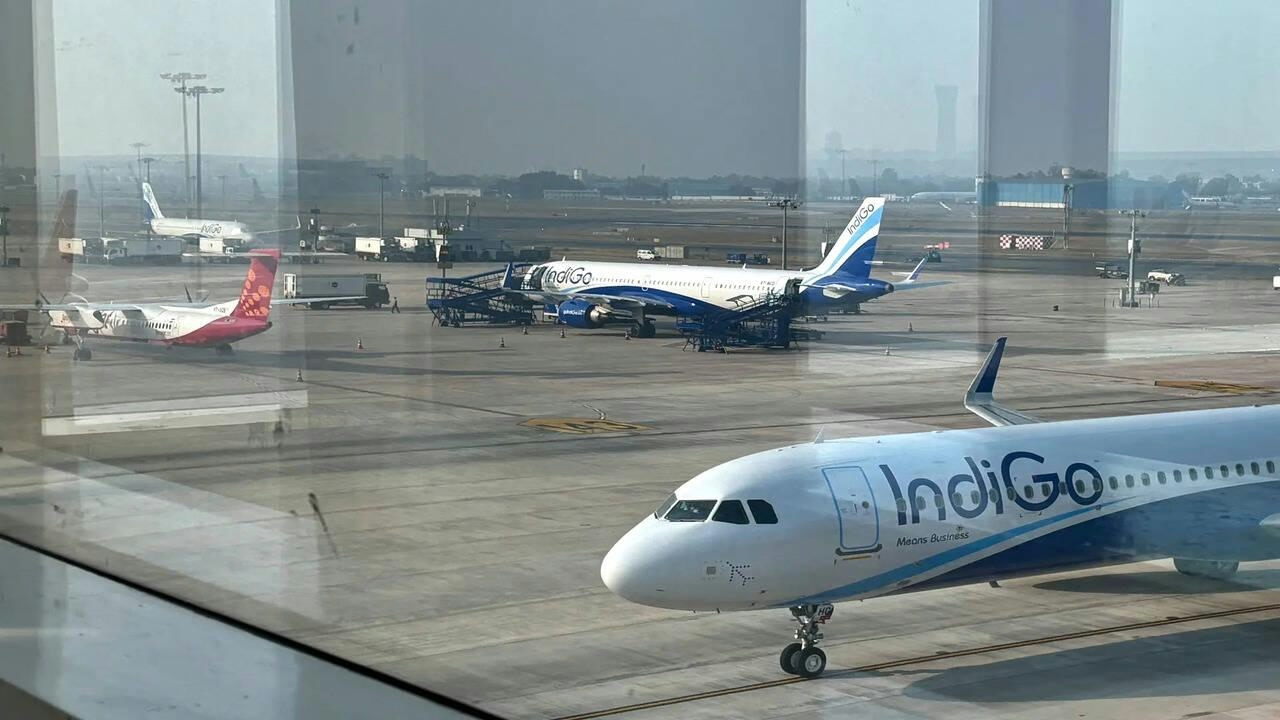
AI and AI Express Plan to Increase Capacity Amid IndiGo Flight Disruptions
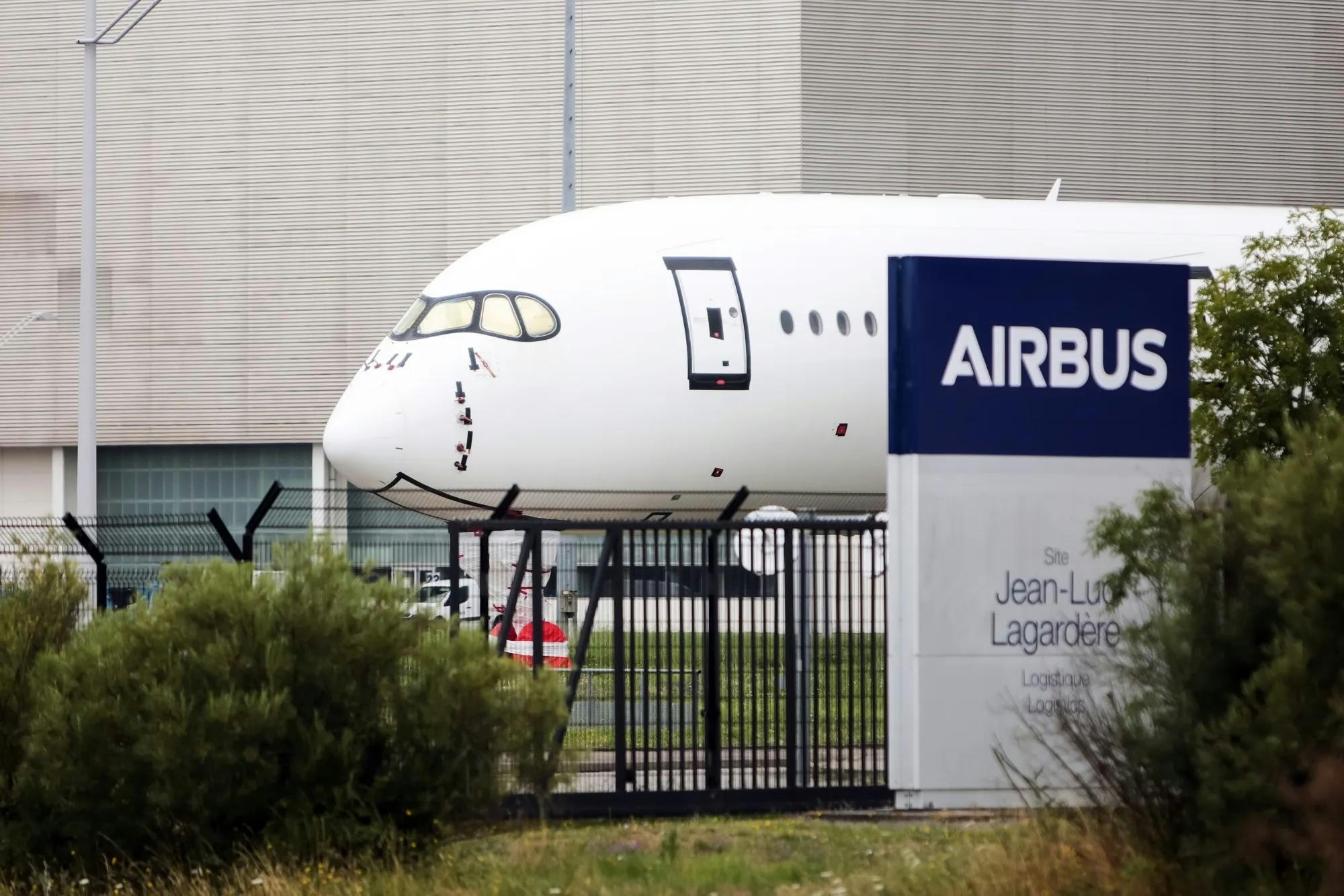
Kazakhstan and France Agree on Airbus Aircraft Deliveries
